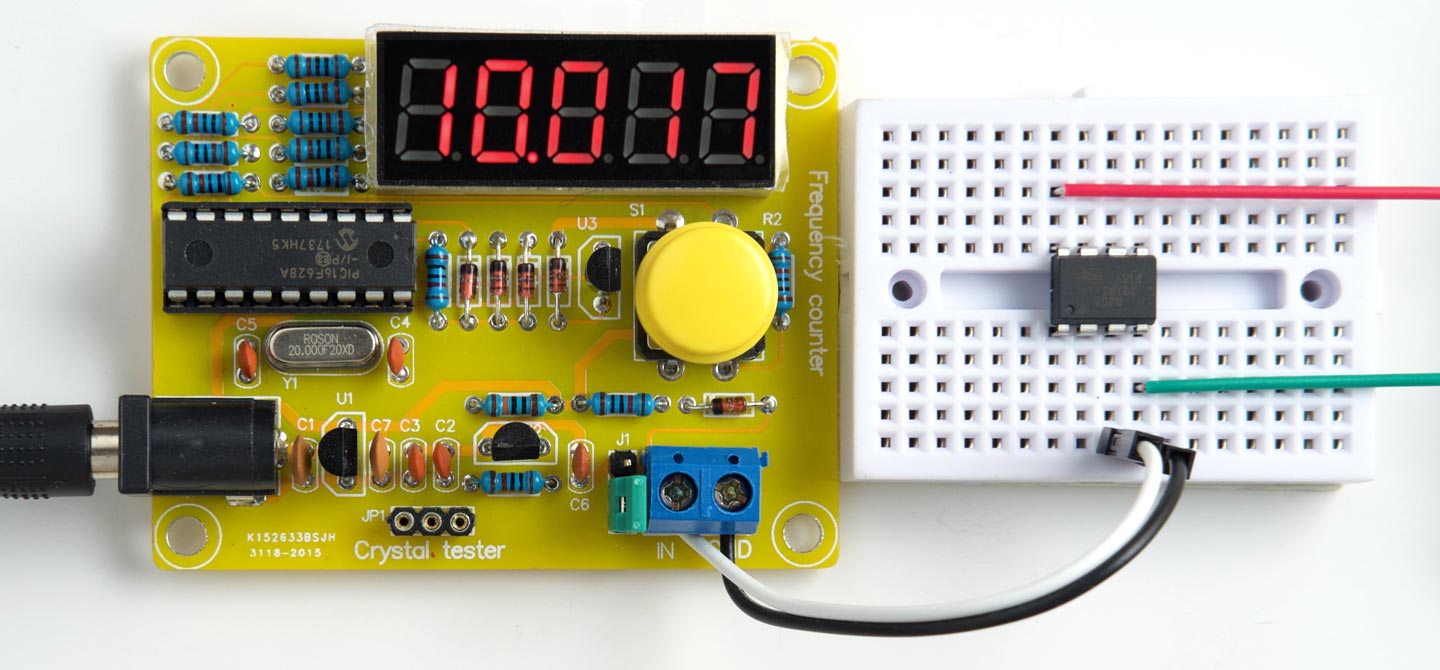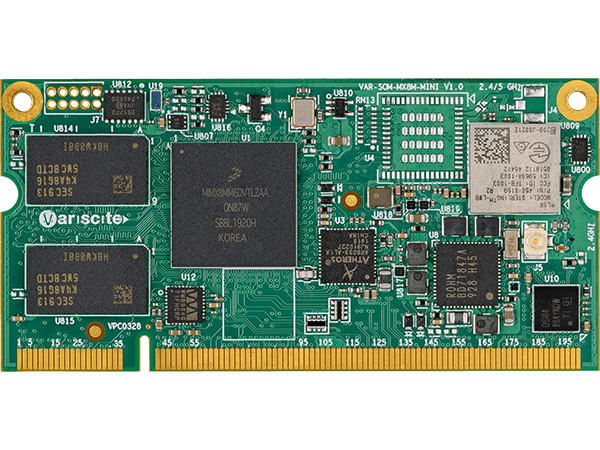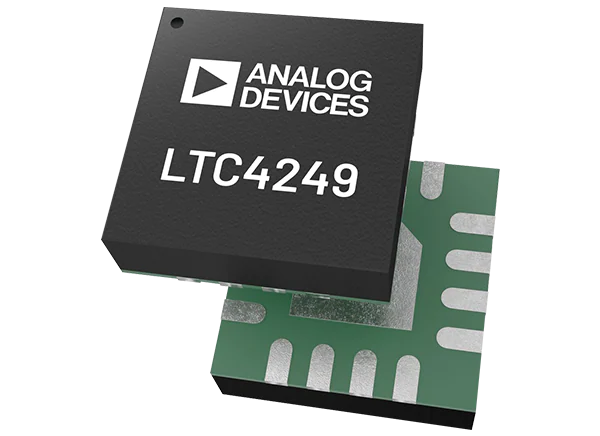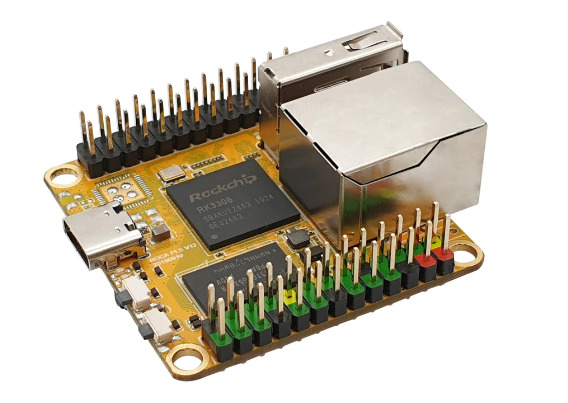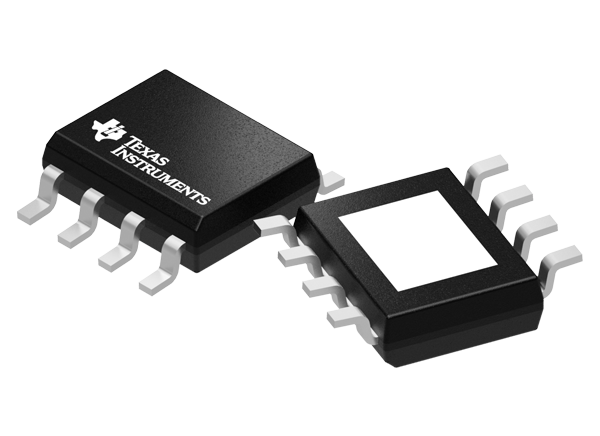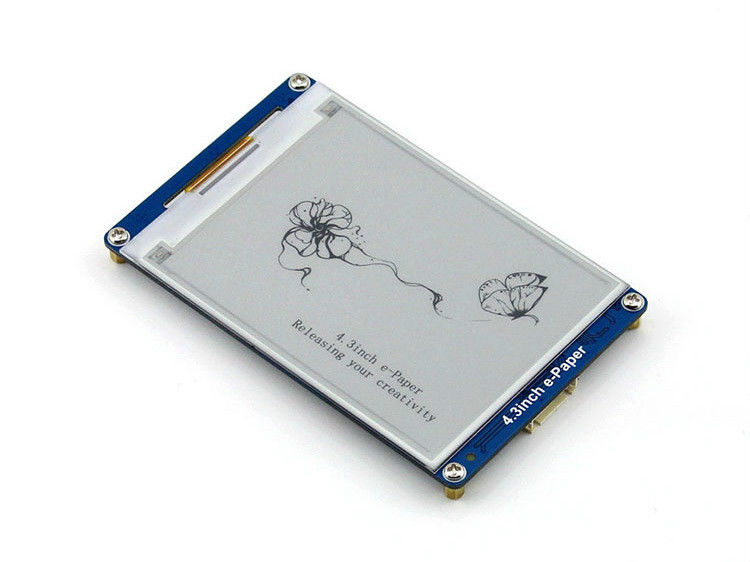
Screen technologies have evolved over the years since the cathode ray tube was first demonstrated in 1897, we have moved from plasma to LCDs, followed by LEDs, OLEDs, and more recently e-paper which is what we will look into today. Electronic paper/e-paper displays are display devices which were created to mimic the appearance of ink on a common paper. Unlike the other kind of displays which emit light, e-paper displays reflect light just like an ordinary paper. This gives e-paper displays a wider viewing angle, ensure they consume less power and makes looking at them easier as it gives the same feel as looking at an ordinary paper without the glare that comes from looking at a screen. The coolest feature of this display is its ability to display the last text or graphics uploaded to it even when it is not connected to power. This helps save a lot of power and is the key feature for most applications for which e-paper displays are deployed.
The popularity of e-paper displays is on the rise (used in Amazon’s Kindle) due to the unique features mentioned above, that’s why, for this tutorial, we will look at how to use e-paper displays in Arduino projects, to give the projects an extra layer of sophistication and coolness.
Using Waveshare 4.3″ E-paper Display with Arduino – [Link]





